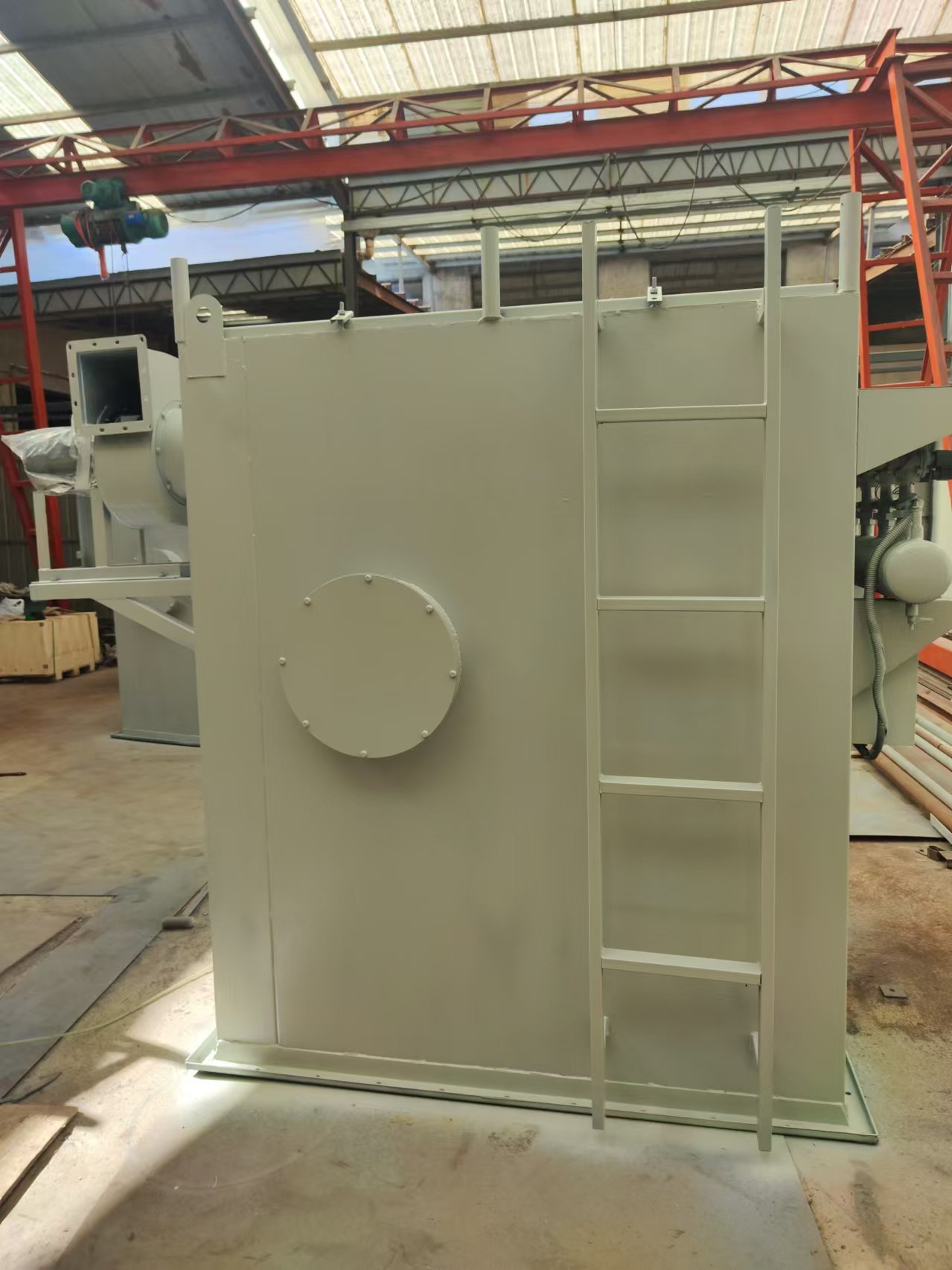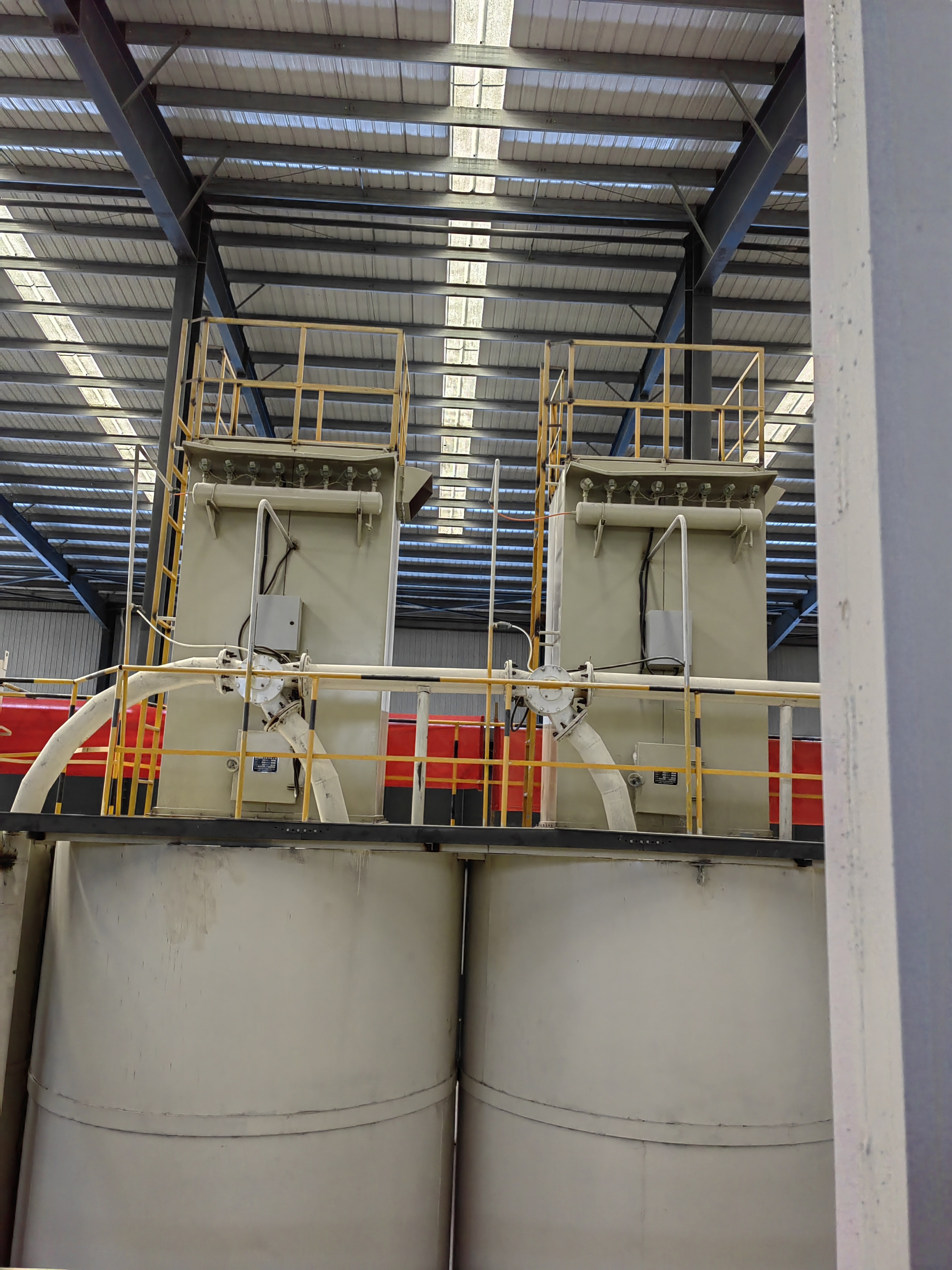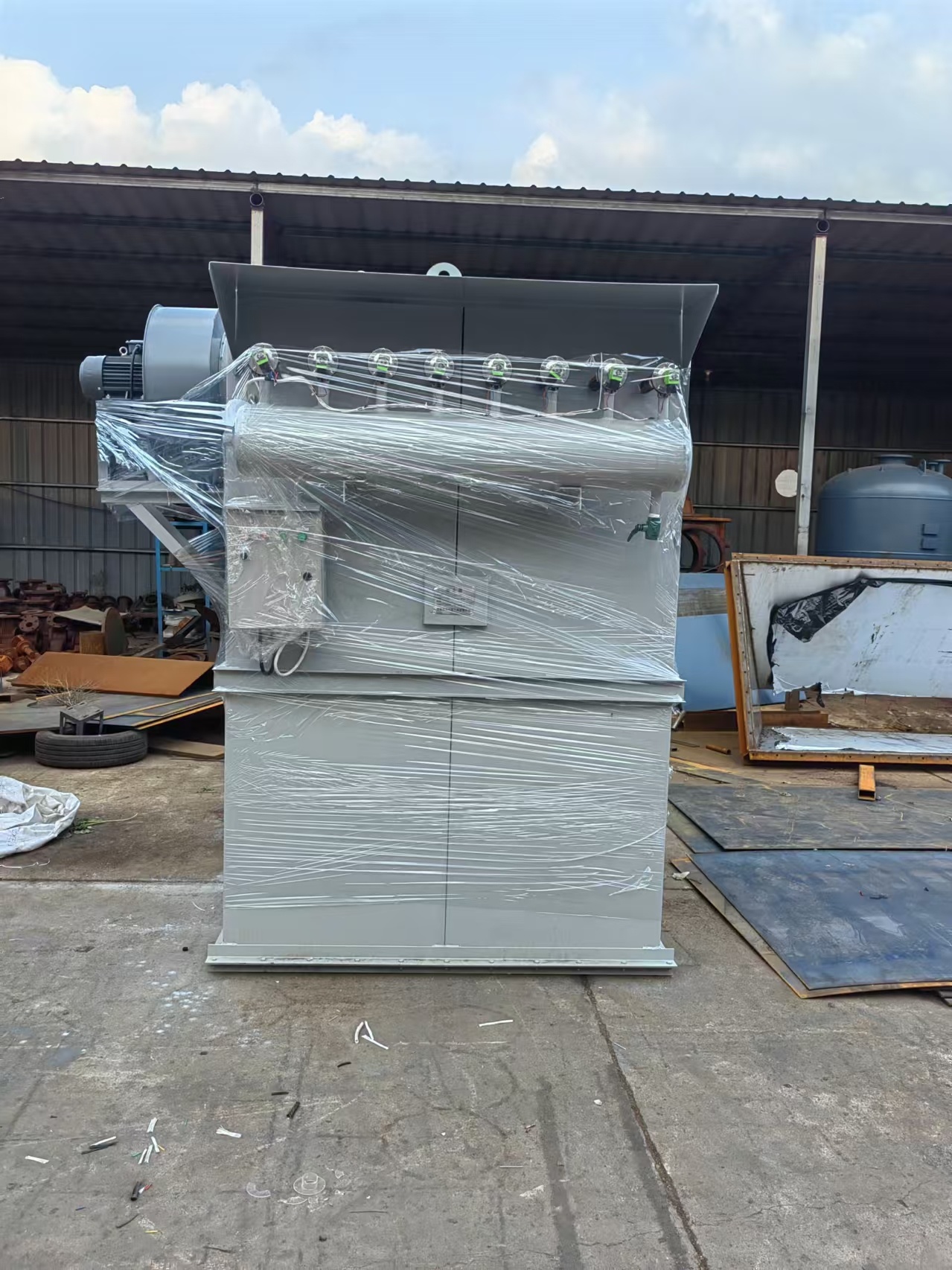Why can the dust collector be indispensable in pneumatic conveying? How to maintain it in use?
Release time:
2022-03-28
The dust collector is essential in the pneumatic conveying system. The dust collector is installed on the pneumatic conveying silo. After the installation is completed, the debugging work cannot be sloppy. There are also some matters that need special attention during the debugging process.
The dust collector is essential in the pneumatic conveying system. The dust collector is installed on the pneumatic conveying silo. After the installation is completed, the debugging work cannot be sloppy. There are also some matters that need special attention during the debugging process. Debugging and precautions of pneumatic conveying dust collector:

1. For the top manhole access door part, one end of the pressing device is pressed by the mechanism, and the other end of the pneumatic conveying is pressed by the handle. Adjust the bolts and nuts respectively so that the rubber sealing strip can be pressed on the door frame after closing. There is no seizure when opening, and the bolts are locked.
2. Adjust the poppet valve part. The valve cylinder is of buffer type. When the valve is closed and reaches the closed position, the cylinder should enter the buffer zone, otherwise the nuts on both sides of the valve plate should be adjusted. The movement speed of the cylinder can be adjusted by the throttle bolts at both ends of the cylinder. The closing time of the poppet valve is not more than 2s, preferably within 1s, and it can be appropriately slower when opening. Then check the gap after the valve plate is closed, the maximum does not exceed 0.8mm. If the deformation of the valve plate hole after field welding should be leveled, the simpler way is to put the valve plate on the valve plate hole, find out the gap between the parts with a tool to level. The above adjustment shall be connected to the compressed air source. The pressure can be adjusted through the pressure reducing valve on the air source triad (generally 0.3MPa) to make the valve plate deform by 2~3mm after closing. The above speed adjustment is carried out through the solenoid valve and the manual switch on the solenoid valve. It is not necessary to connect the power supply. After debugging, restore the manual switch and tighten the nuts and back nuts on both sides of the valve plate.
Note: When debugging the poppet valve, never make the electromagnetic pulse valve action, otherwise the strong air flow will cause personal injury.

3. Adjust the conveying equipment, air lock equipment and its transmission in the ash hopper. All moving parts shall be filled with lubricating oil.
4. Adjust the ash removal controller (read the instructions of the pulse controller in detail). It is required that the lifting valve and pulse valve have the correct action sequence, the ash removal sequence of each room is correct, the time is continuously adjustable, and the action sequence is shown in the figure. In order to better ensure the resistance balance of the system and the power balance of the ash conveying device, the ash removal sequence of each room should be jumping for dust collectors with more rooms (more than 7 rooms).
Note: during the above adjustment, all manhole access doors should be closed and locked to prevent personal injury caused by the injection air flow of the pulse valve.

After all the above adjustment work is completed, no-load debugging and load debugging can be carried out. Of course, when this work is carried out, the whole process system should be able to operate normally.
Pneumatic conveying is far better than mechanical conveying in fly ash conveying, and has the advantages of environmental protection and energy saving. It is especially suitable for power plants, cement plants and other enterprises with large ash discharge. More pneumatic conveying information is in machinery.
Inquire now to get the most favorable quote
Service Hotline:
Phone: +8613325121253 (WeChat with the same number)
E-mail:Jenny@bdqlss.com
Address: Mingshui Economic Development Zone, Zhangqiu District, Jinan City, Shandong Province



